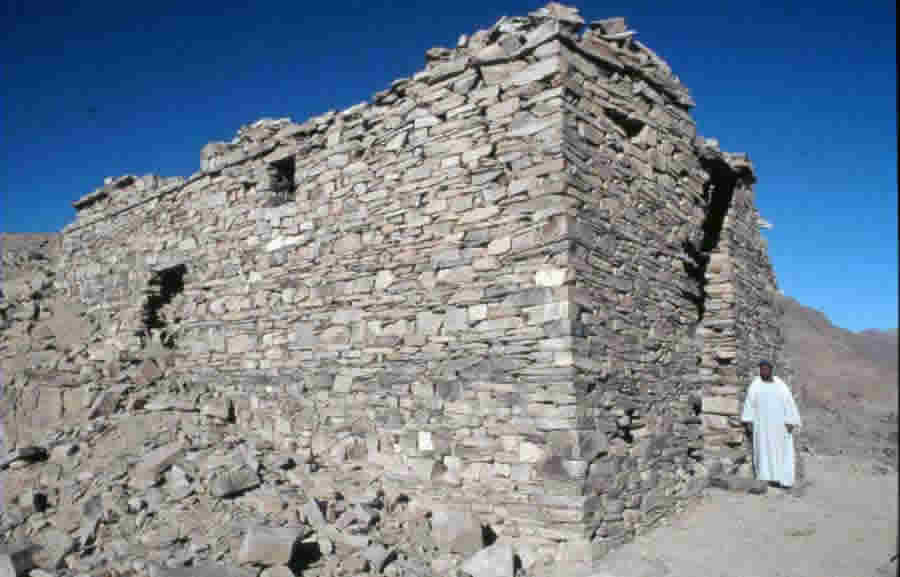

The excavation camp in the wadi Sikait


Building at the westside of the wadi
In 1994 an American-Dutch team of archaeologists lead by Prof. Dr. Steven E. Sidebotham and Dr. Willemina Z. Wendrich (succeeded in 2002 by Drs. Hendrikje M. Nouwens) initiated excavations at Berenike, the most important Red Sea port of the Ptolemaic kings and the Roman Empire. Simultaneously surveys of the immense hinterland of the town were conducted. Nine years later excavations were started in Sikait, a Roman town some 100 kilometers (about 62 miles) northwest of Berenike and deep in the vast maze of mountains and wadis of the Eastern Desert. Several reasons lead to the decision to start working in this extremely isolated location. The purpose of this town, housing the people responsible for the only large-scale emerald mining area in the Roman Empire, makes it an unique monument on its own. Some of the buildings of Sikait, and the nearby settlement of Nugrus, are in a surprising state of preservation. Although most roofs are long gone, one can still walk through the 1600-year old doors into long deserted rooms and look through windows over a landscape that was once bursting with human activity. What makes the work urgent is the rapid degradation of these monuments. Besides the accelerating damage done by water erosion and tectonic activity, visiting tourists have taken their toll on these priceless monuments in recent years.